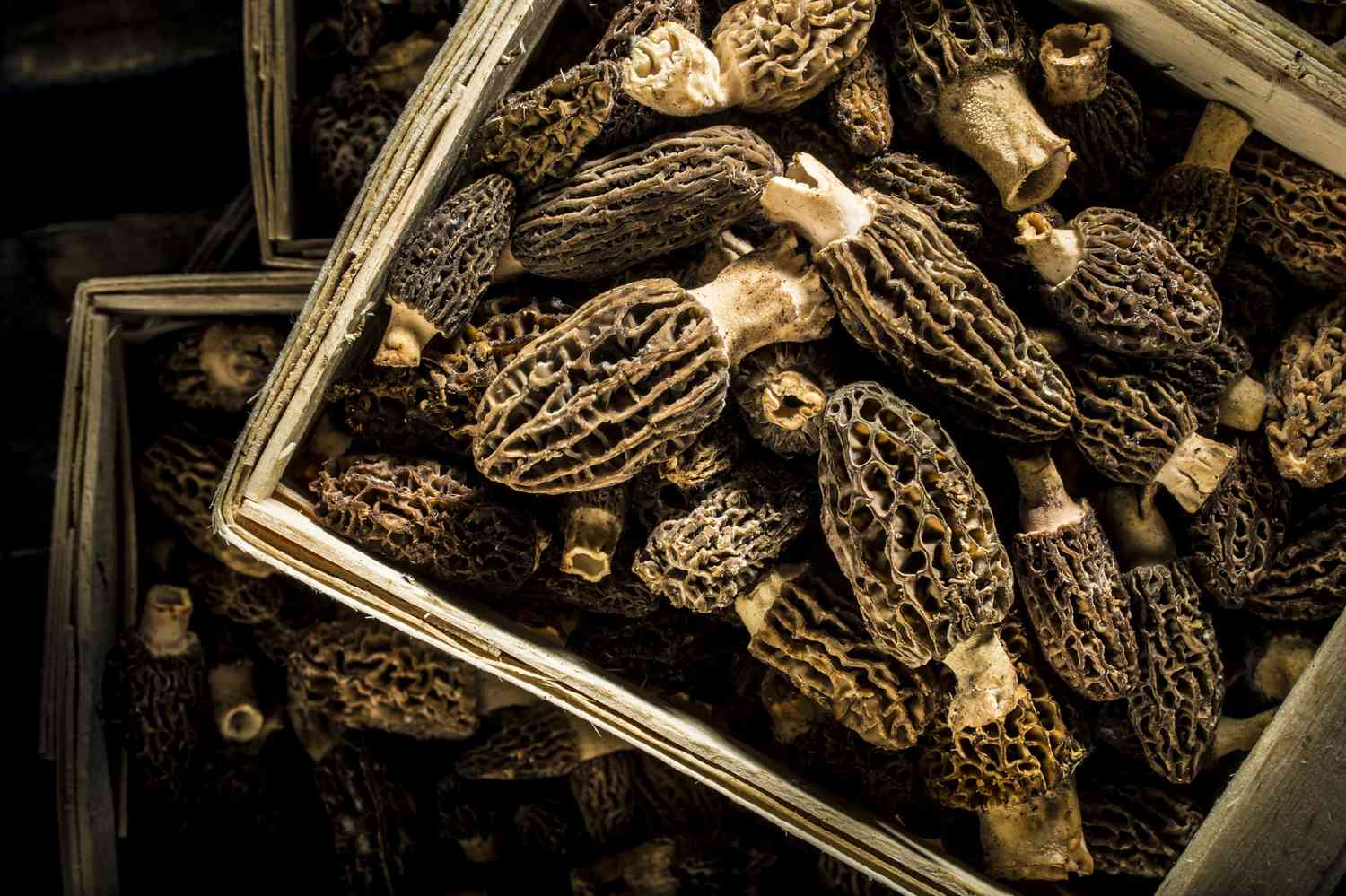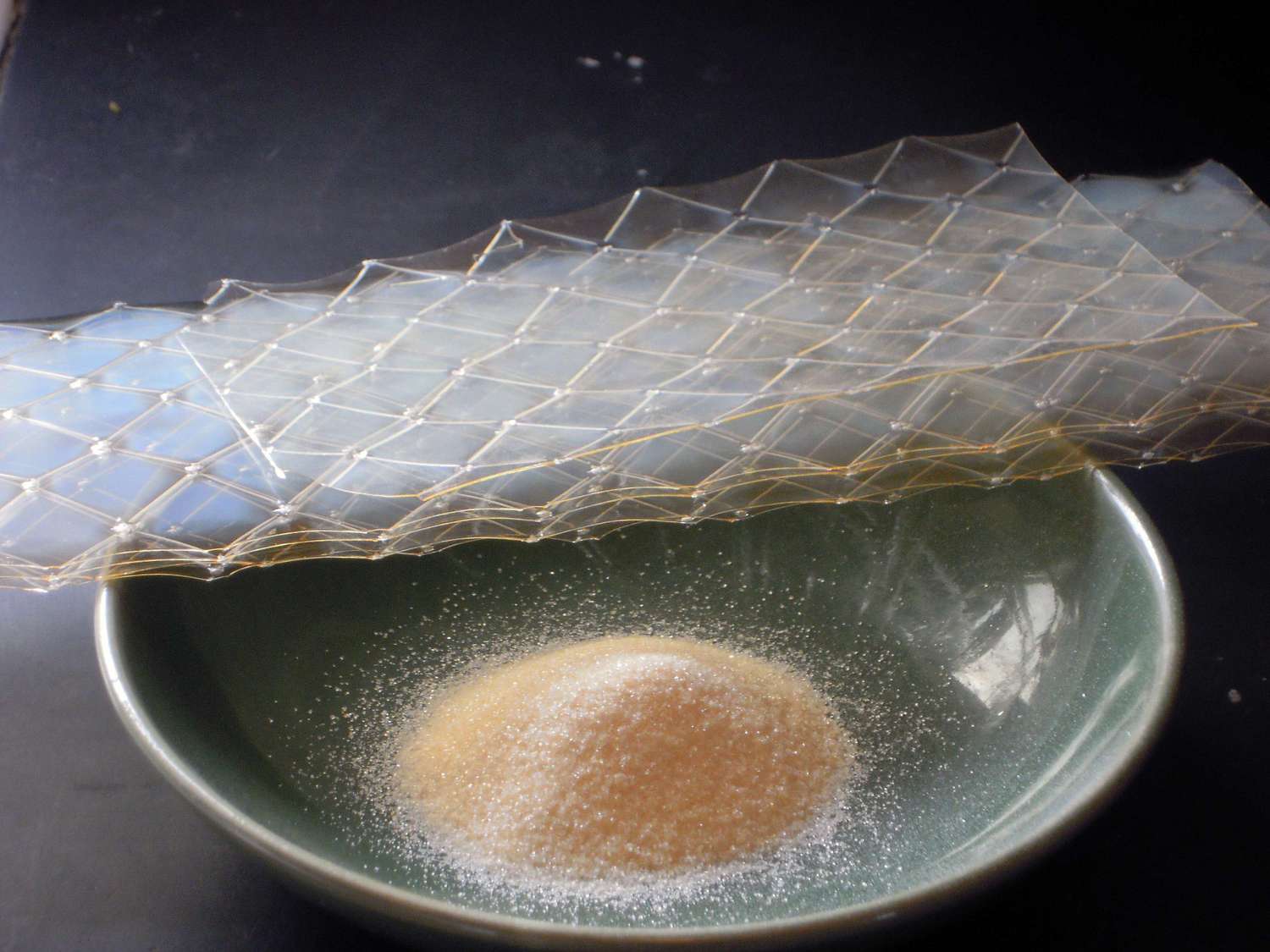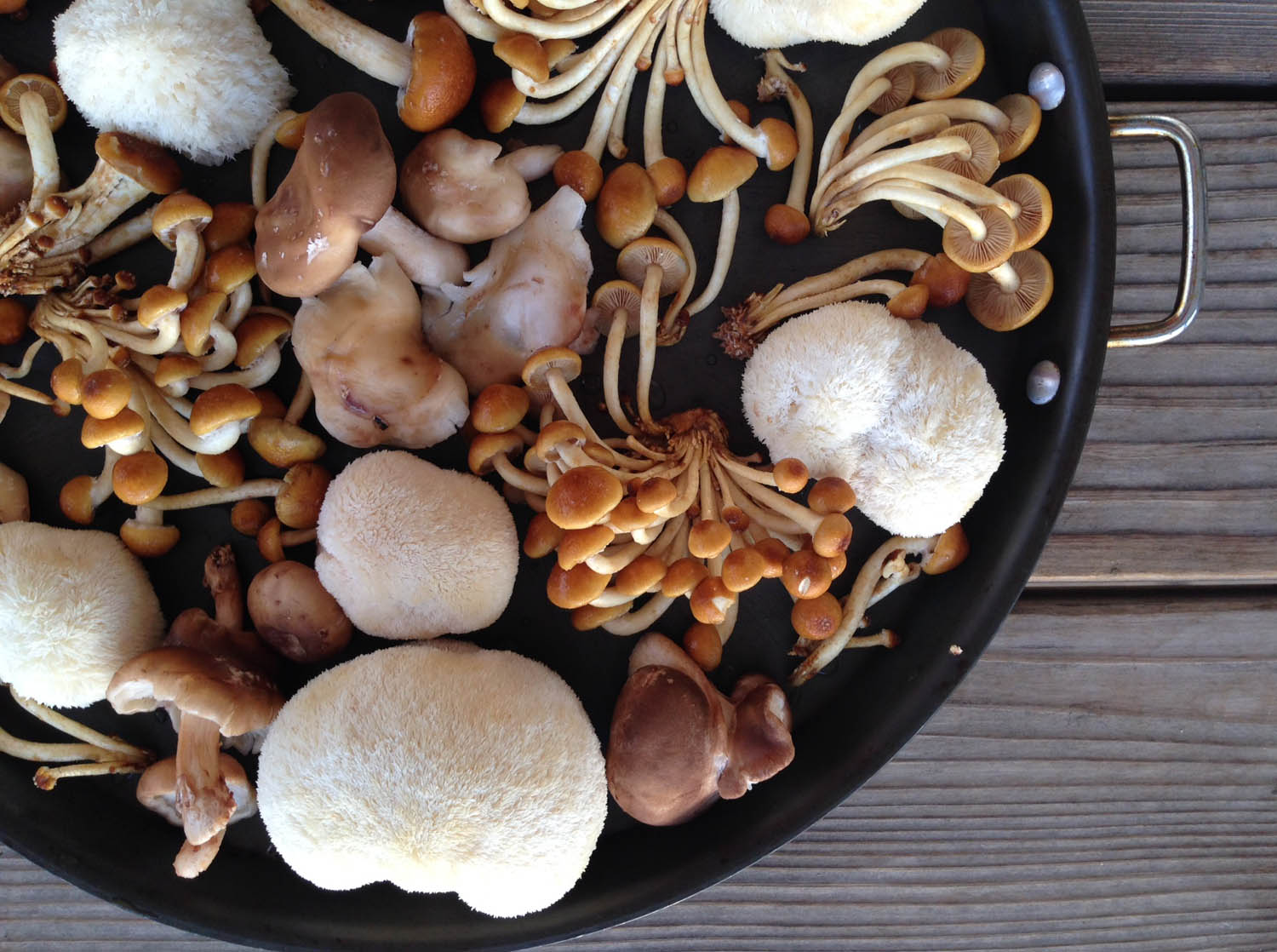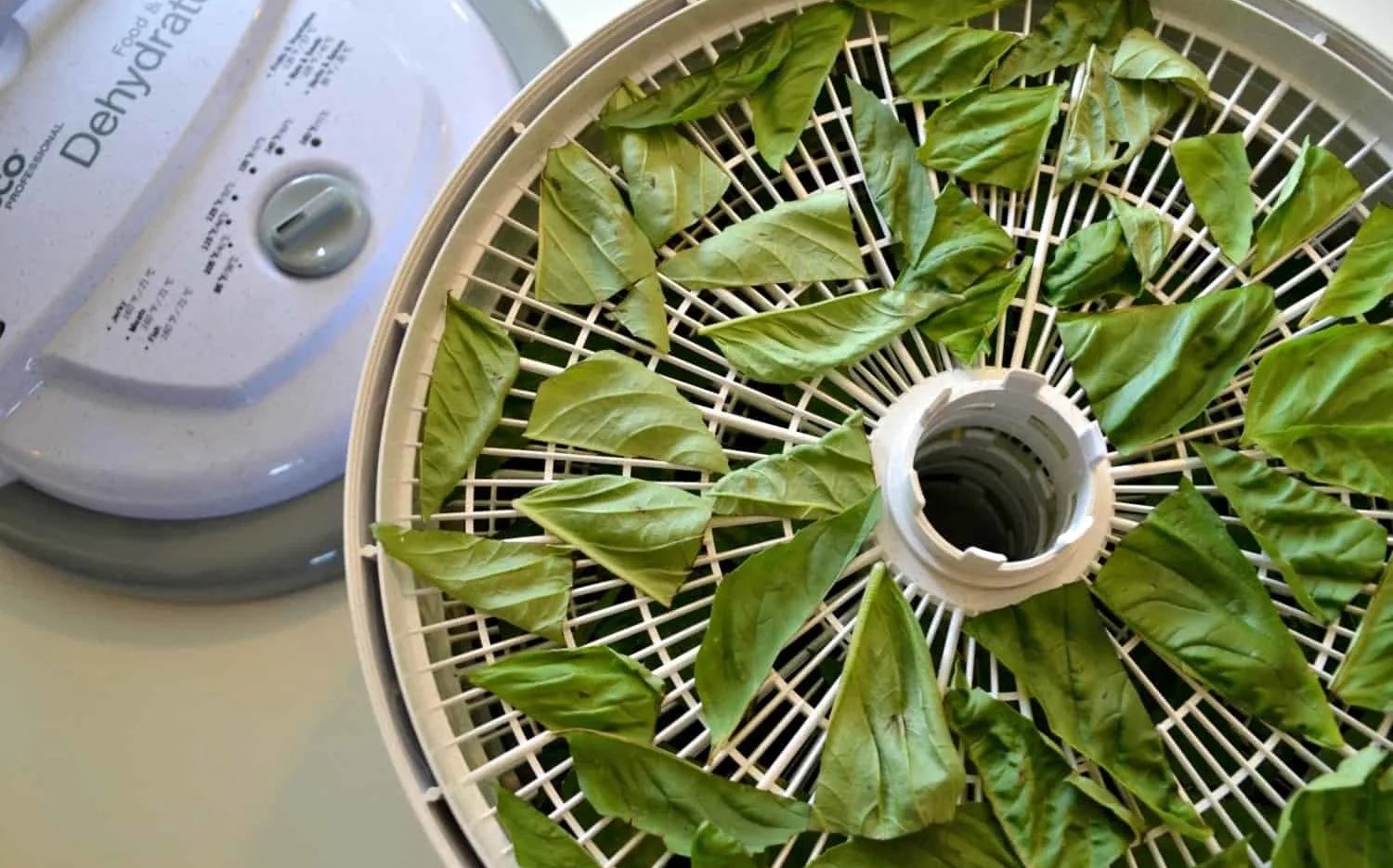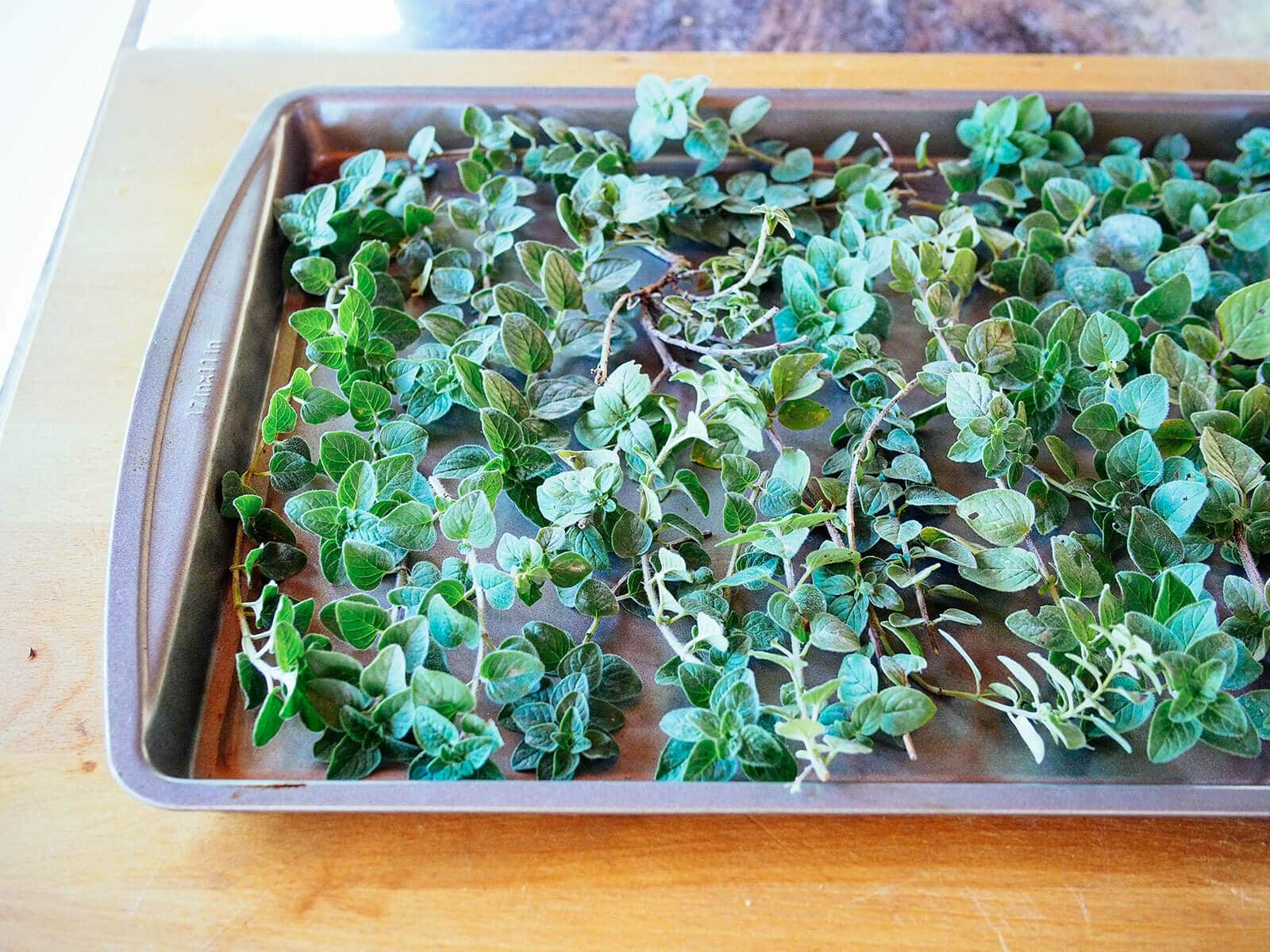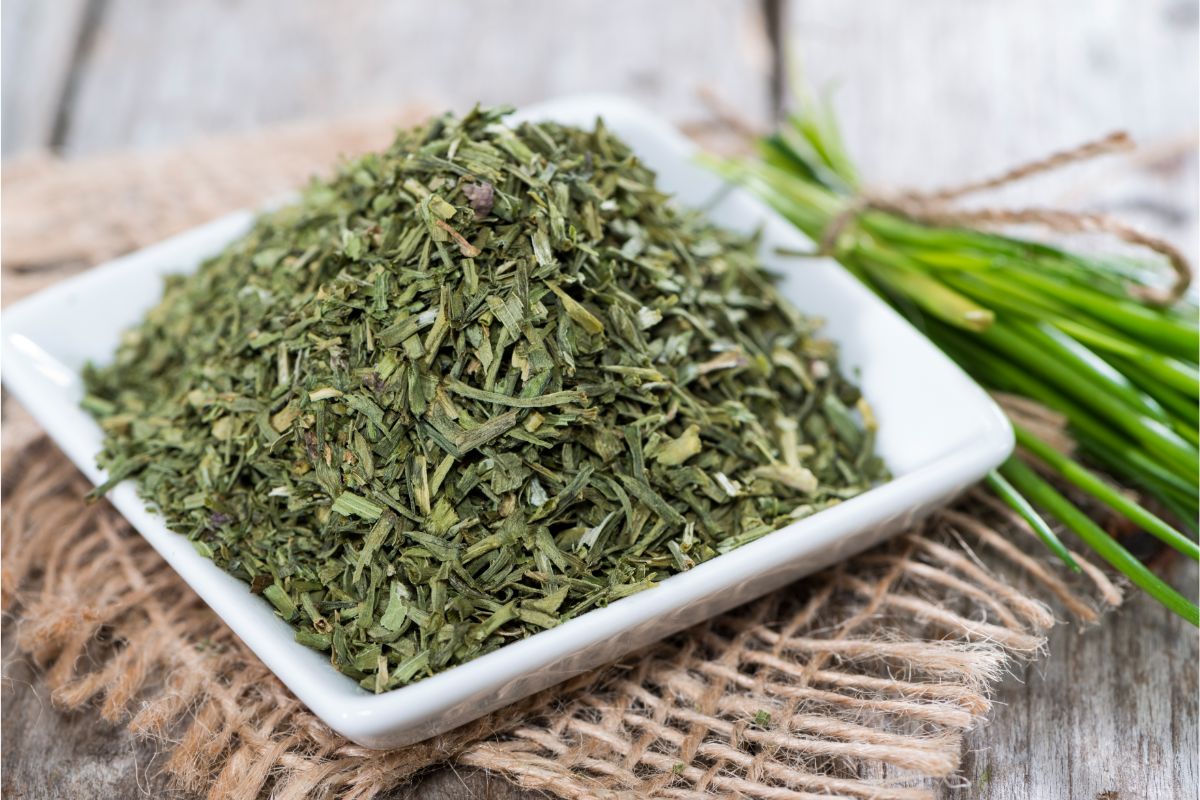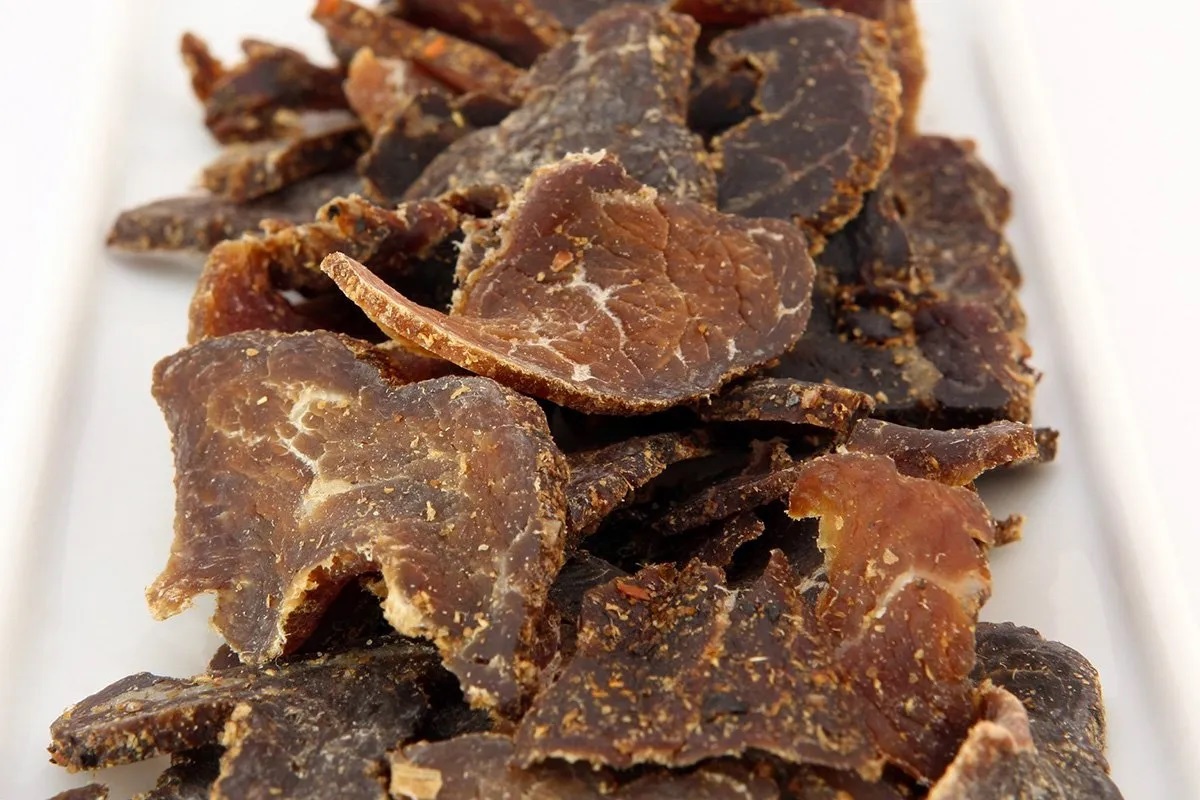Dehydrating Nuts After Soaking: A Nutritious and Delicious Process
Soaking nuts before dehydrating them is a great way to unlock their nutritional potential and improve their digestibility. Whether you’re a seasoned food enthusiast or just starting your journey into the world of healthy eating, learning how to dehydrate nuts after soaking can be a game-changer for your culinary adventures. In this guide, we’ll walk you through the simple steps to dehydrate nuts after soaking, so you can enjoy their crunchy goodness and maximize their health benefits.
Why Soak Nuts Before Dehydrating?
Before we dive into the dehydration process, let’s understand why soaking nuts is beneficial. Nuts naturally contain enzyme inhibitors and phytic acid, which can make them difficult to digest and hinder the absorption of nutrients. Soaking nuts helps to neutralize these inhibitors and reduce phytic acid, making the nuts easier to digest and allowing our bodies to absorb their nutrients more effectively. Additionally, soaking can enhance the flavor and texture of nuts, making them tastier and more enjoyable to eat.
Steps to Dehydrate Nuts After Soaking
Now that we understand the importance of soaking nuts, let’s explore the simple steps to dehydrate them after soaking:
- Soak the nuts: Place the nuts in a bowl and cover them with filtered water. Add a pinch of salt and let them soak for the recommended time, which varies depending on the type of nut.
- Drain and rinse: After soaking, drain the nuts and rinse them thoroughly under running water to remove any residual phytic acid and enzyme inhibitors.
- Spread on a dehydrator tray: Arrange the soaked nuts in a single layer on the dehydrator tray, ensuring that there is space between each nut for air circulation.
- Dehydrate at a low temperature: Set your dehydrator to a low temperature, typically around 115°F (46°C), and allow the nuts to dehydrate for the recommended time, which can range from 12 to 24 hours, depending on the type of nut and the moisture content.
- Check for dryness: Periodically check the nuts for dryness, ensuring that they are crisp and dry to the touch. The dehydrating time may vary based on the humidity and moisture content of the nuts.
- Store the dehydrated nuts: Once the nuts are fully dehydrated, allow them to cool to room temperature before transferring them to an airtight container for storage. Properly dehydrated nuts can be stored for several weeks or even months, retaining their nutritional value and delicious crunch.
Enjoying Dehydrated Nuts
Now that you’ve mastered the art of dehydrating nuts after soaking, you can enjoy these nutrient-dense and flavorful treats in a variety of ways. Whether you sprinkle them over salads, blend them into creamy nut butters, or simply snack on them as they are, dehydrated nuts add a delightful crunch and a burst of nutrition to your meals and snacks.
Soaking and dehydrating nuts is a simple yet powerful technique that can elevate your culinary creations and enhance your overall well-being. By taking the time to prepare nuts in this manner, you can unlock their full potential and savor their natural goodness with every bite.
So, the next time you reach for a handful of nuts, consider the transformative process of soaking and dehydrating, and savor the wholesome and delicious results.
For those keen on mastering the art of dehydrating nuts after soaking, there are several recipes that can put this skill to good use. Dehydrated Nut and Seed Crackers are a crunchy, nutritious option perfect for snacking or serving with dips. Classic Almond Crunch Granola makes for a wholesome breakfast or a snack that highlights the natural sweetness and crunch of dehydrated almonds. If you're in the mood for something sweet and spicy, Honey-Glazed Spiced Pecans offer a delightful treat that's hard to resist. For a mix of textures and flavors, Trail Mix with Dehydrated Nuts and Dried Fruits is an easy, portable snack that combines the best of both worlds. Lastly, Dehydrated Nut Butter Energy Balls are perfect for a quick energy boost, combining the creamy richness of nut butter with the satisfying crunch of dehydrated nuts. These recipes not only make the most of your dehydrating skills but also bring a variety of flavors and textures to your kitchen.
Was this page helpful?
Read Next: How To Dehydrate Yogurt
